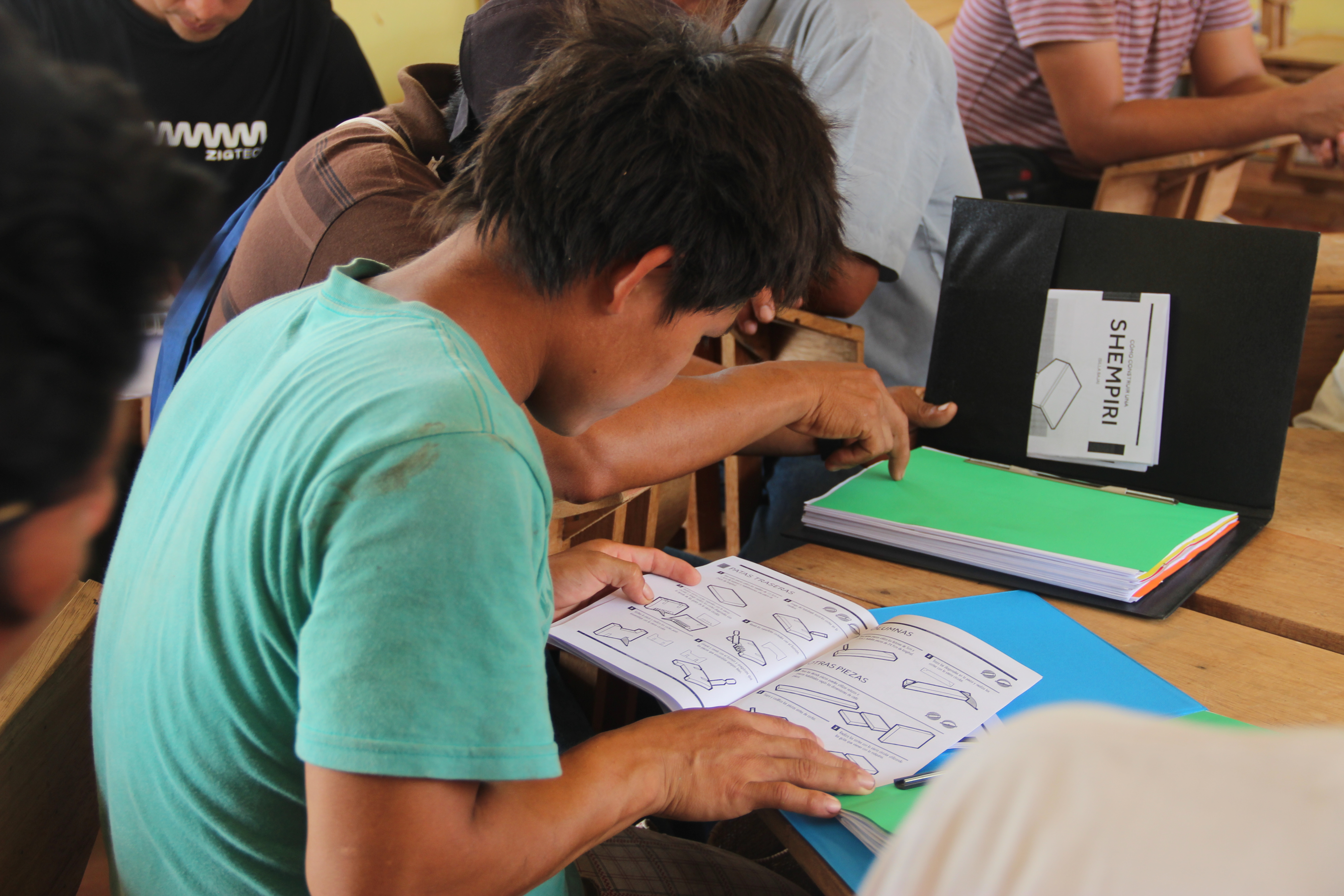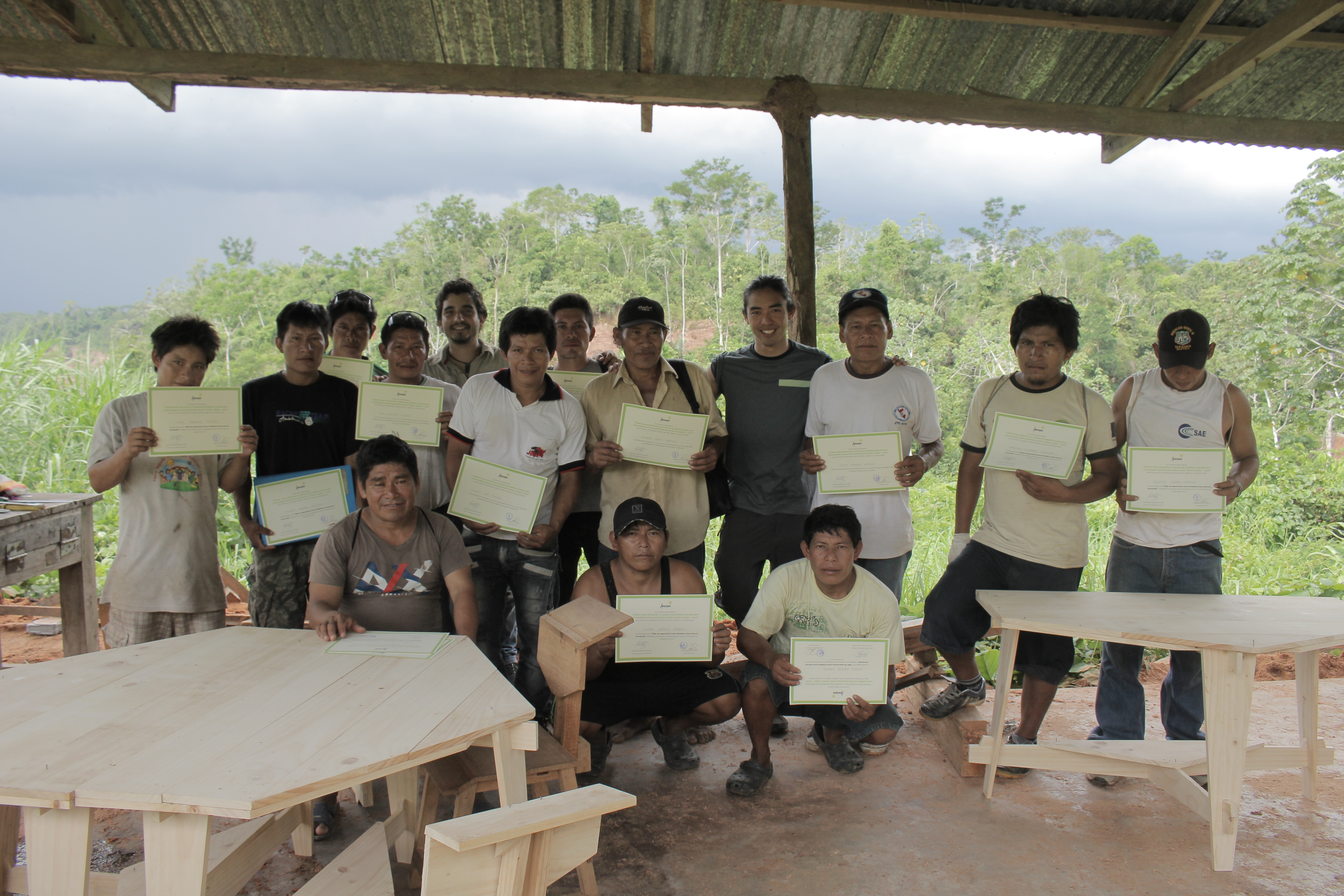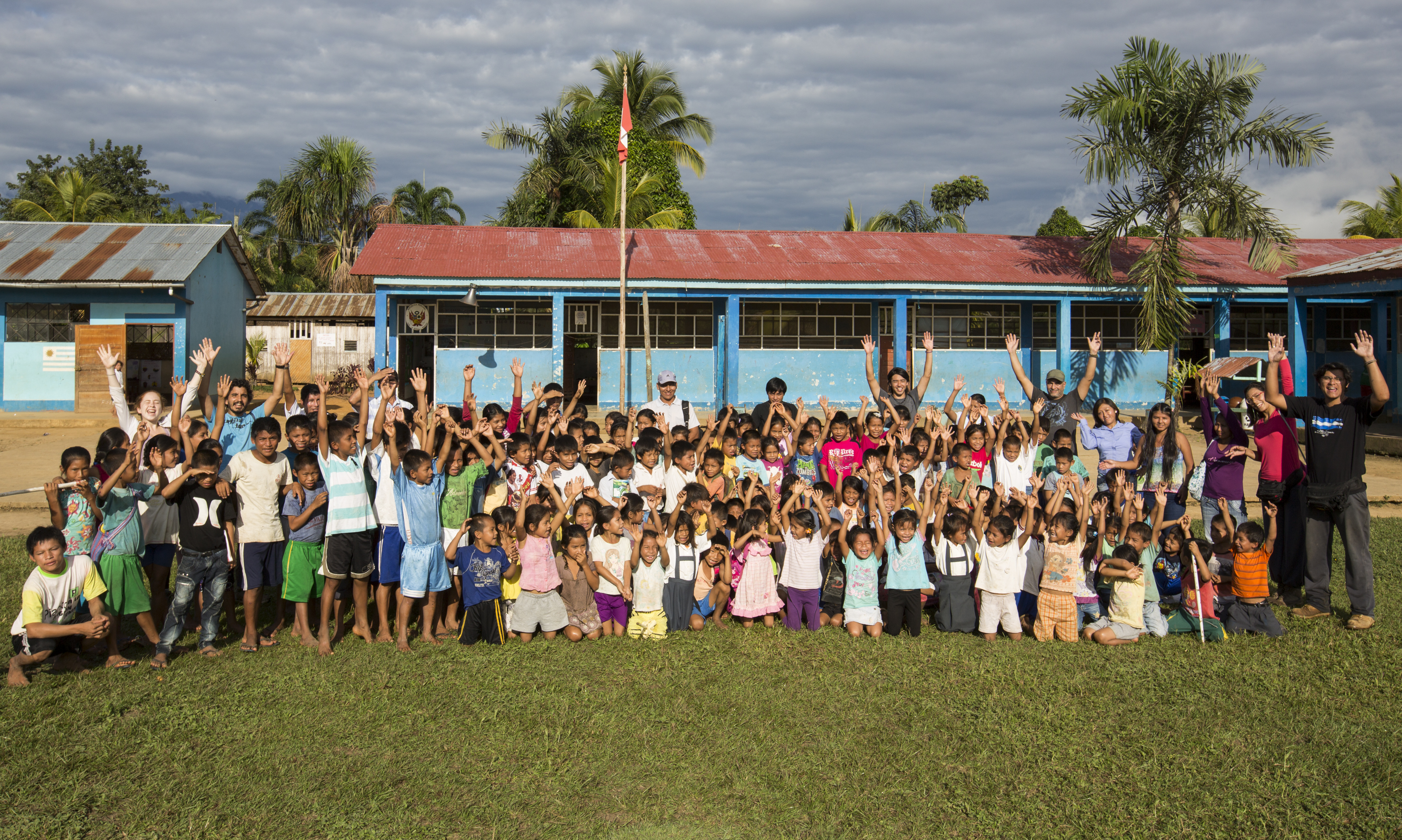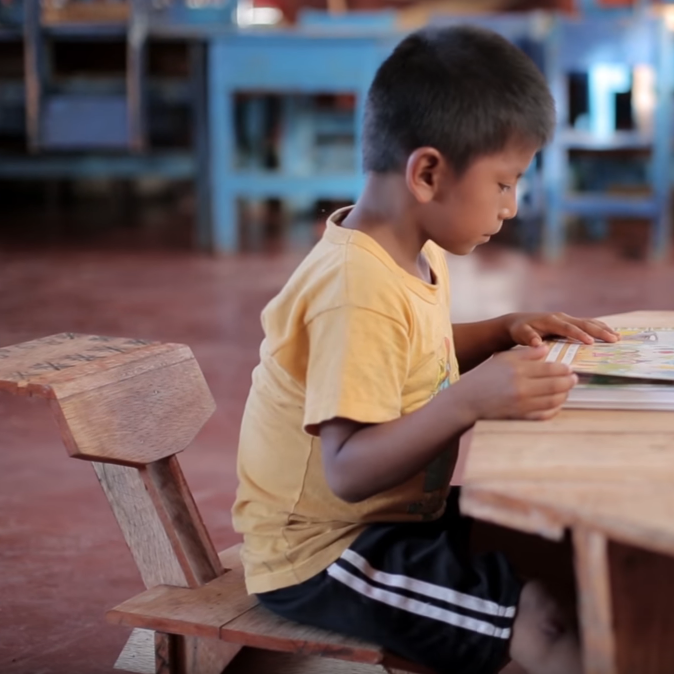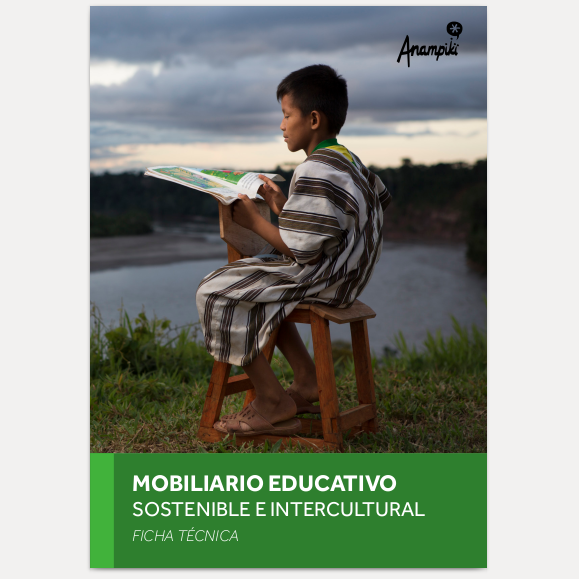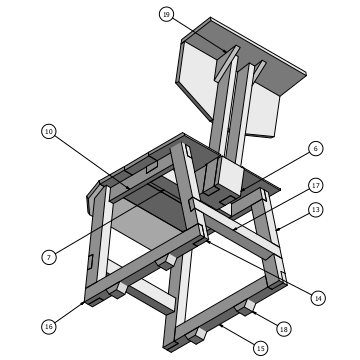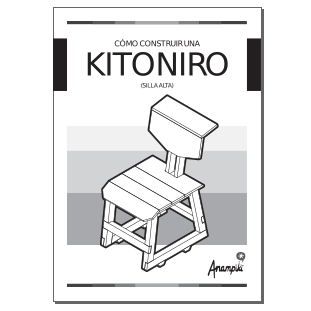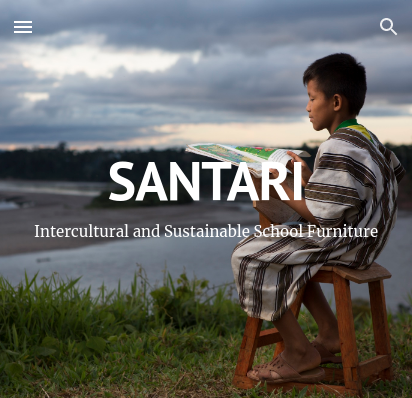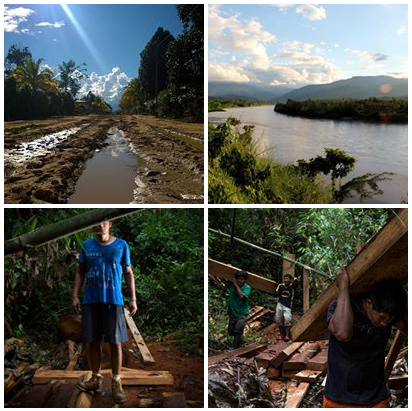
School furniture for intercultural education.
Locally produced school furniture for indigenous communities in the Peruvian Amazon rainforest.
Education
Design
Research
Interculturality
Brief summary
Local governments in the Amazon rainforest region fail to provide school furniture given the high costs of shipping furniture from major cities to remote communities by roads and rivers. Besides that, even though the Ministry Education has been developing an Intercultural Education program for these communities, the physical elements that are part of the learning experience hadn’t been reimagined to fit this new program. In this context, after winning a 2-year research grant by Pontificia Universidad Catolica del Peru, we proposed to design and implement locally produced school furniture that adapted to the context of a native community in the Amazon. Together, as an interdisciplinary team and through a human-centered design approach, we researched, prototyped and implemented school furniture that was produced, assembled and maintained locally while also improving teaching and learning environments. The designs were implemented in one school and it was evaluated with successful results. These learnings were then incorporated by the Ministry of Education in their Plan Selva initiative and guided the national standards for school furniture in the Amazon region of Peru.
My role
Co-founder, researcher and designer, particularly accountable for the design, prototyping, user testing and manufacturing phase.
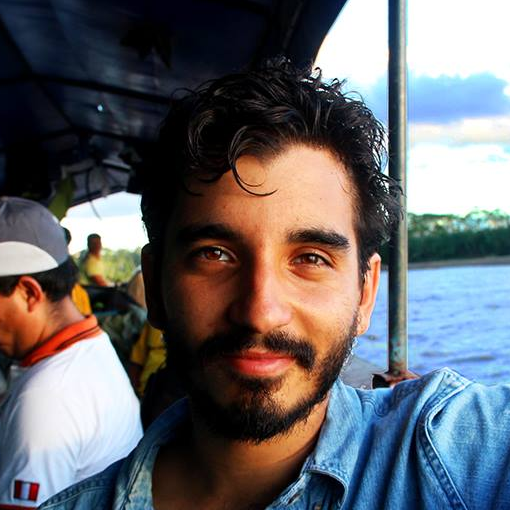
Designer

Researcher

Researcher

Engineer

Designer

Architect

Mentor

Mentor

Mentor

Challenge
How might we design school furniture with local resources that responds to the intercultural education agenda for indigenous communities in the Amazon?

Design Principles
Adapts to the local context
Inspired by their way of learning, interacting with objects and their environment.
Built with local materials and skills
So they are capable of repairing it or making more units whenever is needed.
Boost the learning experience
In a way that promotes concentration, the collaboration between peers, and expands the teachers’ tools to interact with students.
Scalable and affordable
To guarantee everyone can have access to it regardless of how isolated they are.
Safe and ergonomic
To ensure it’s comfortable and adapts to every student’s posture and body type.
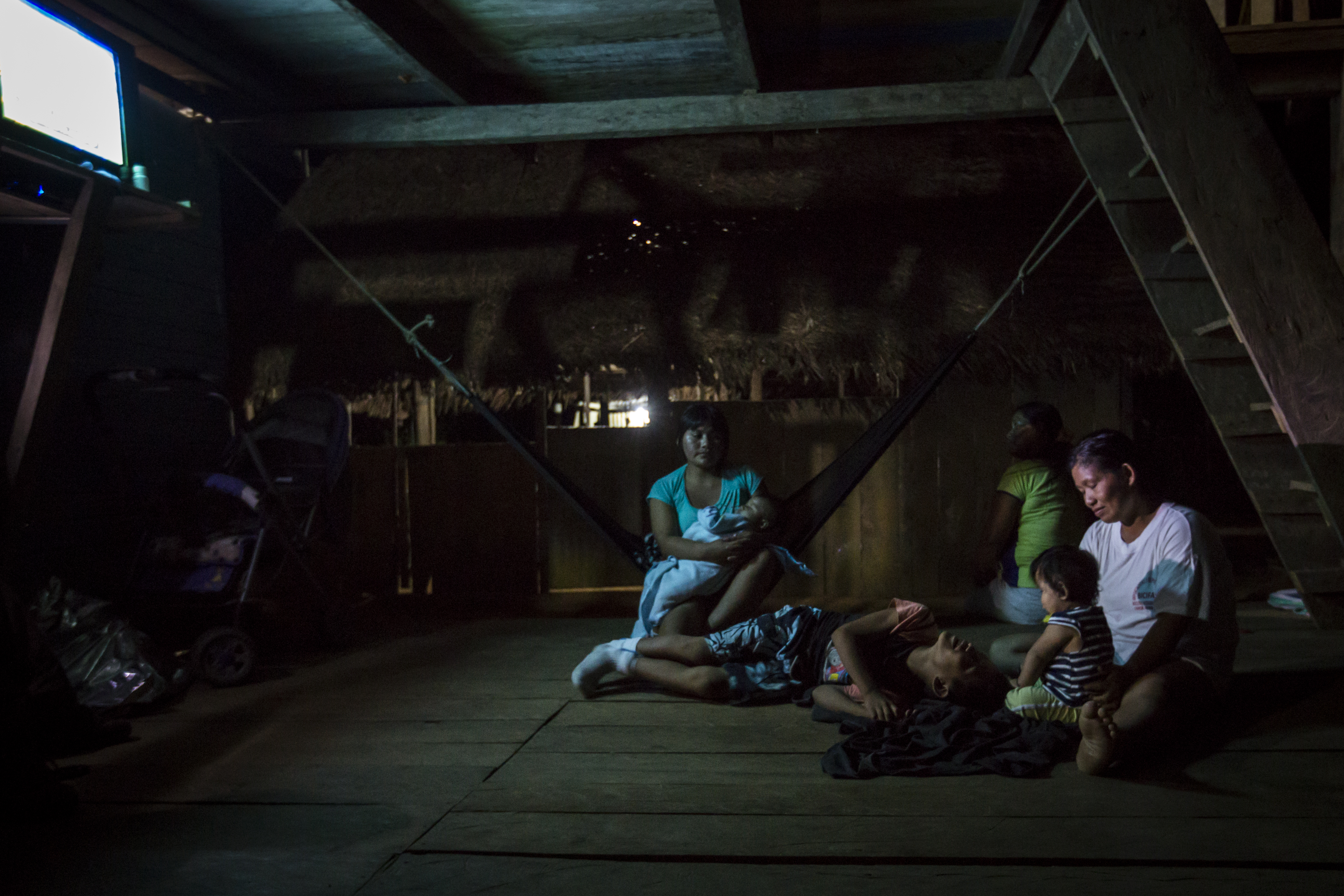
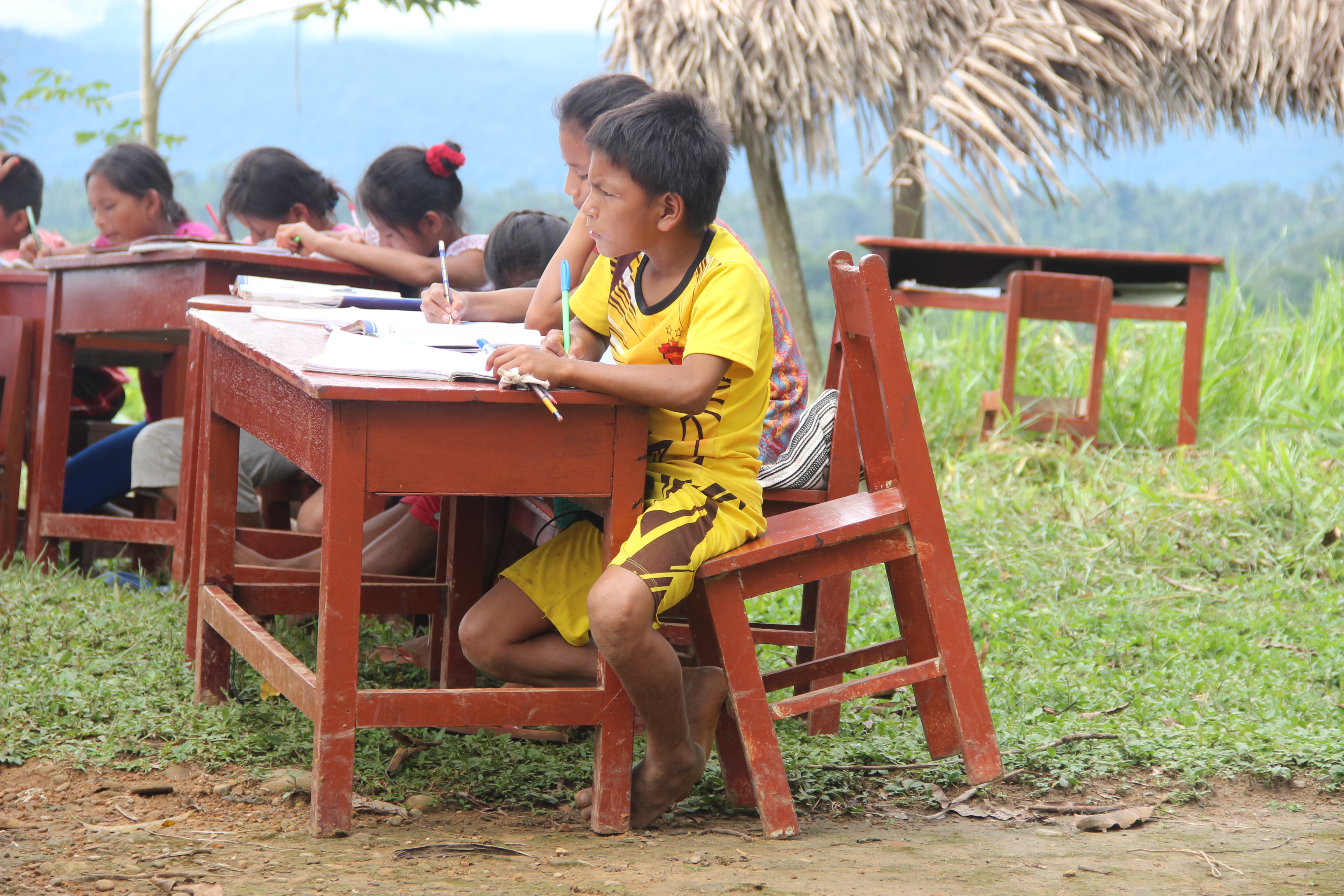
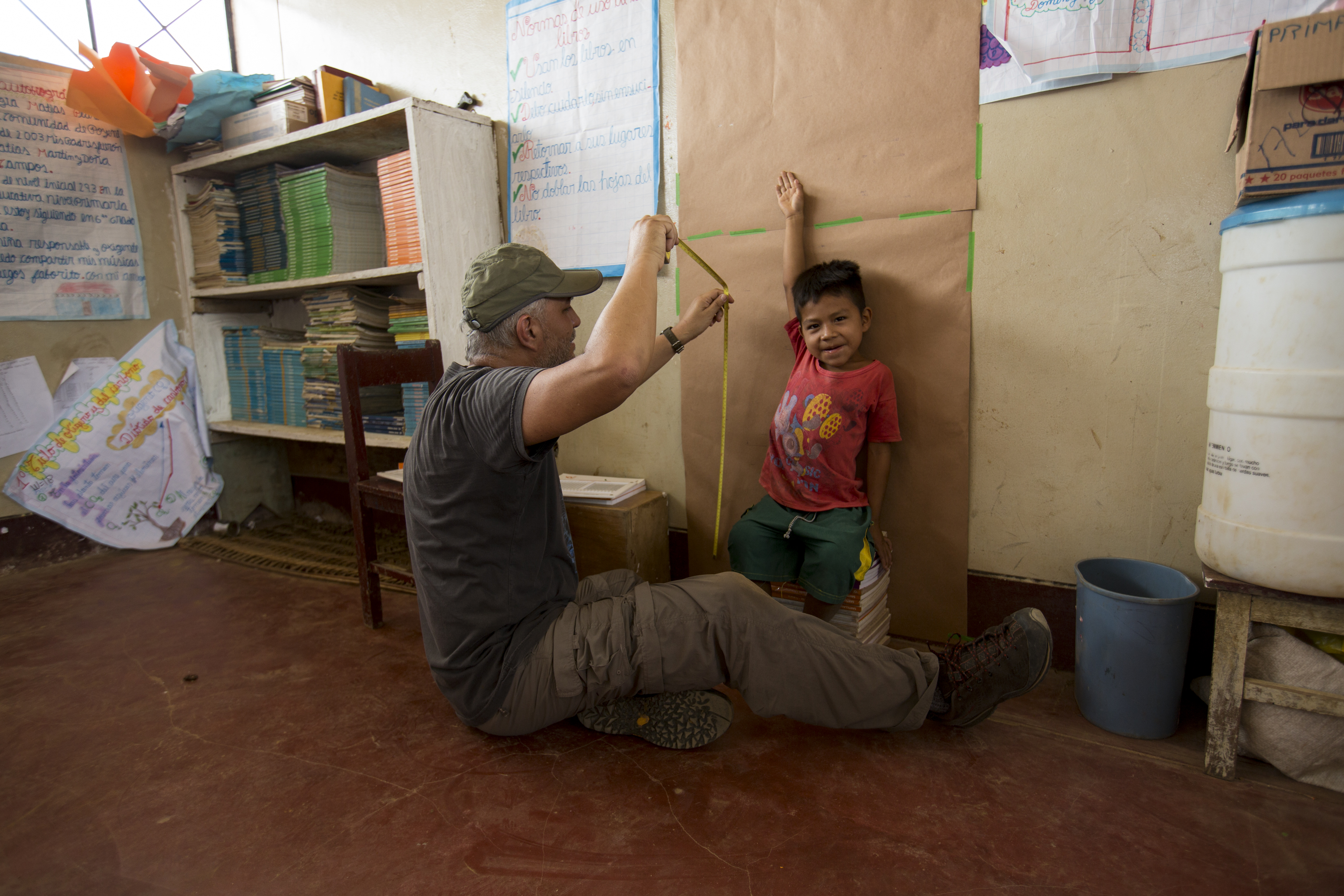
Process
Project proposal, Literature review, Ethnographic research, Identification of local resources and skills, Participatory Workshops, Insights development, Ideation, Prototyping, User testing & iteration, Simulations & lab analysis, Implementation, Post-evaluation.
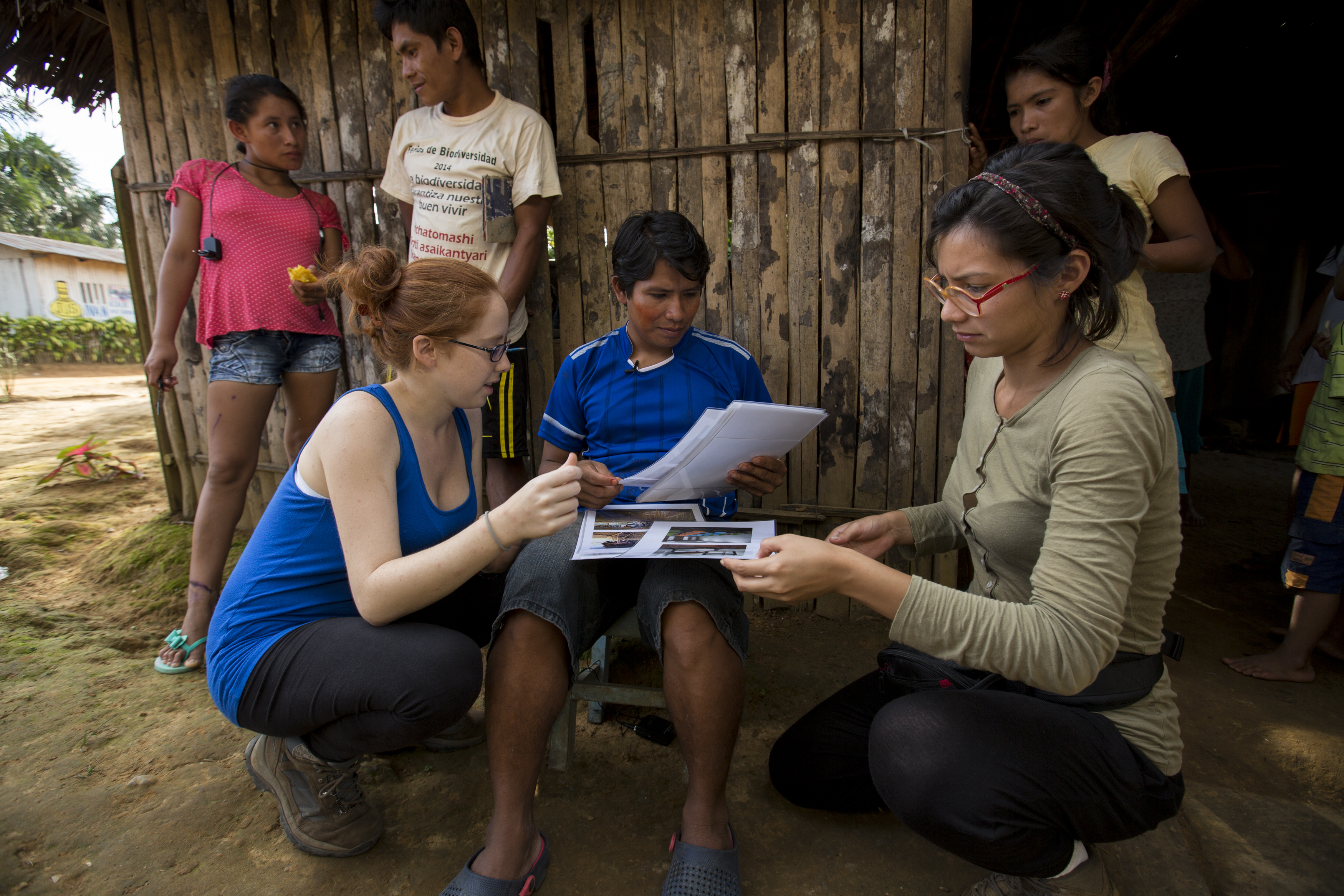

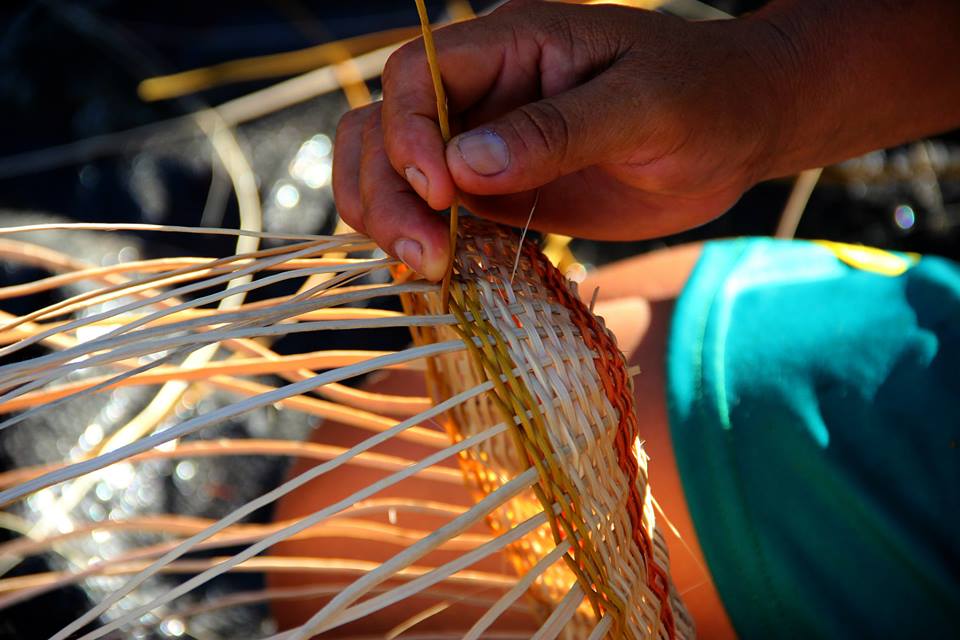

Design





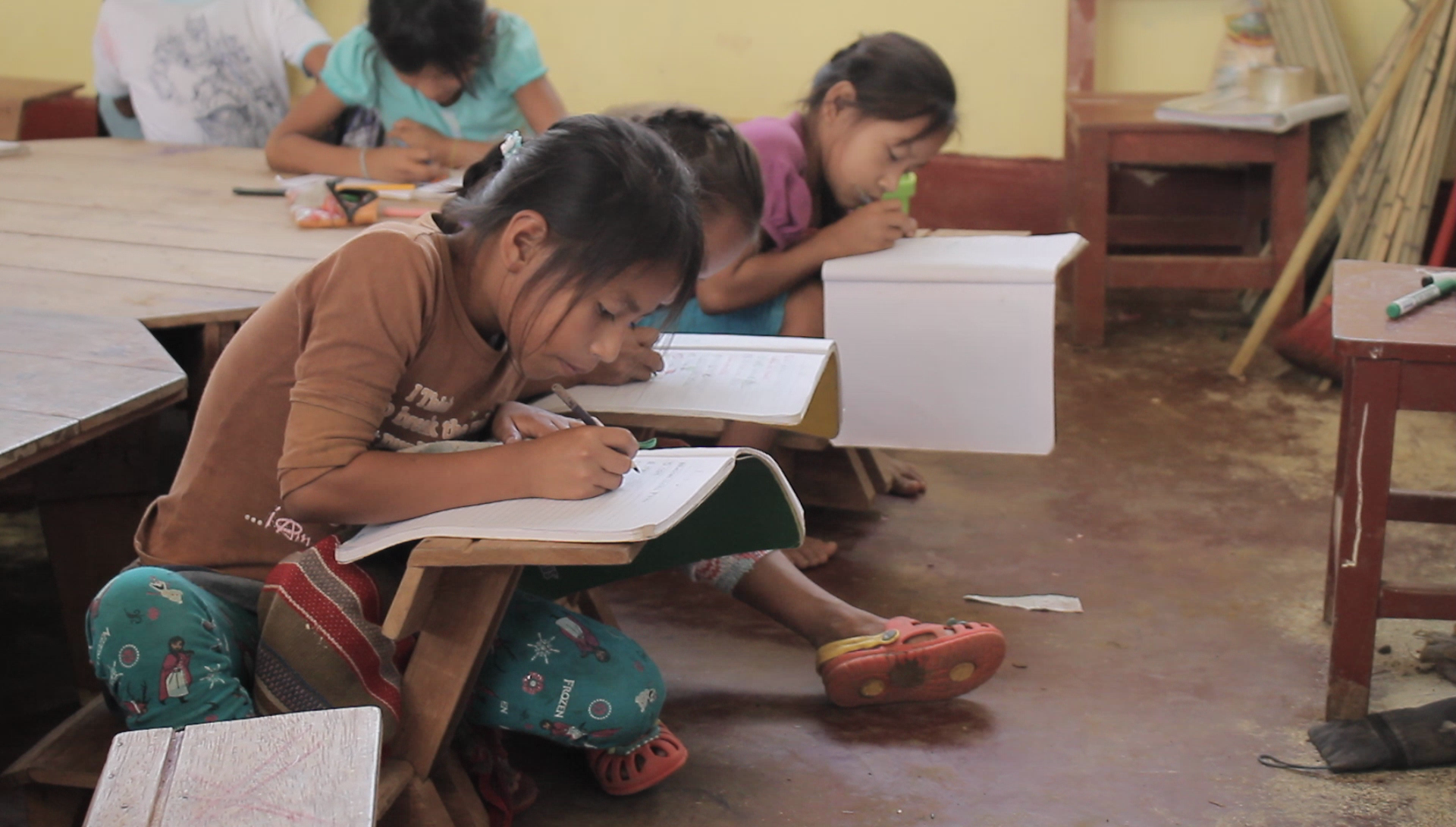
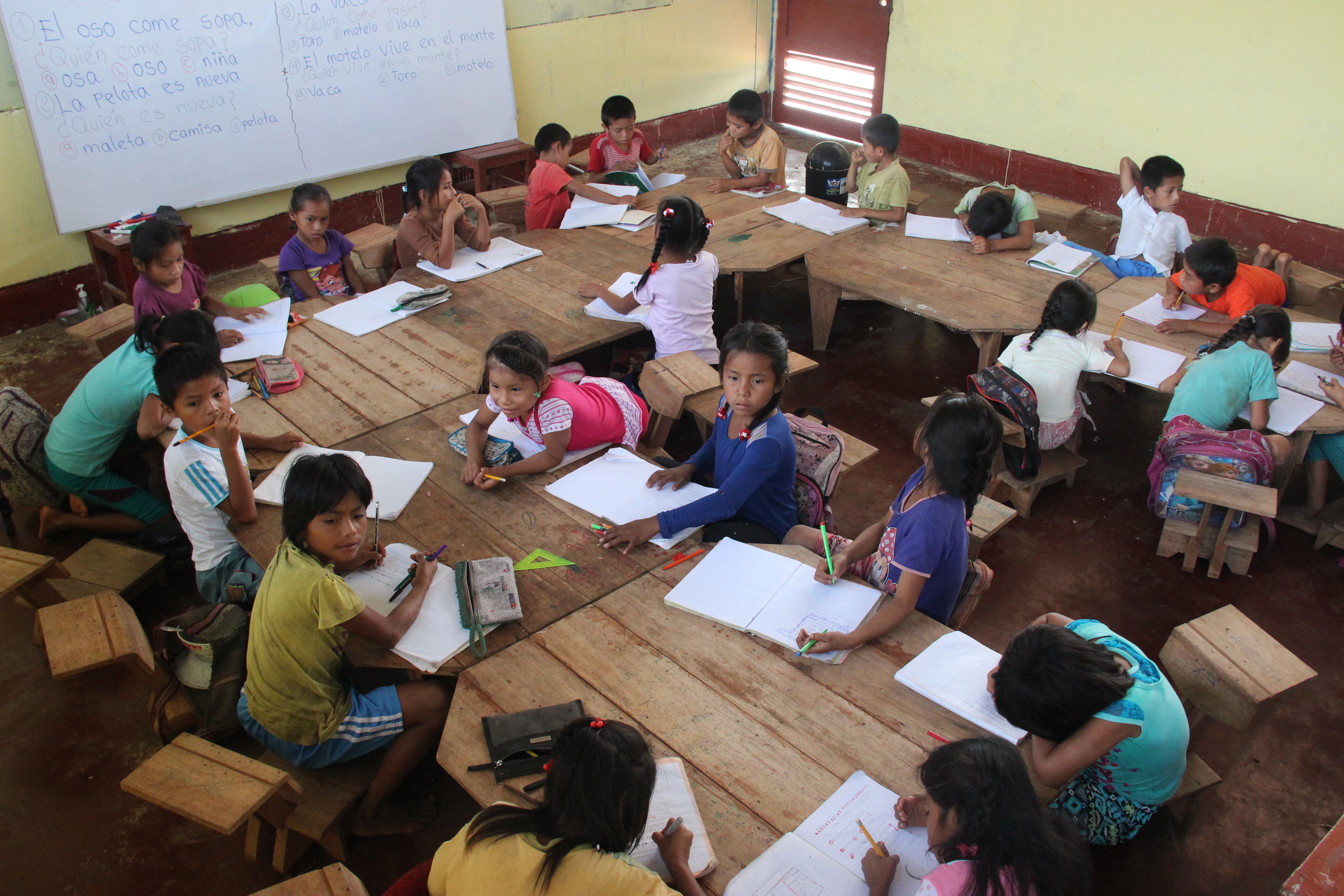
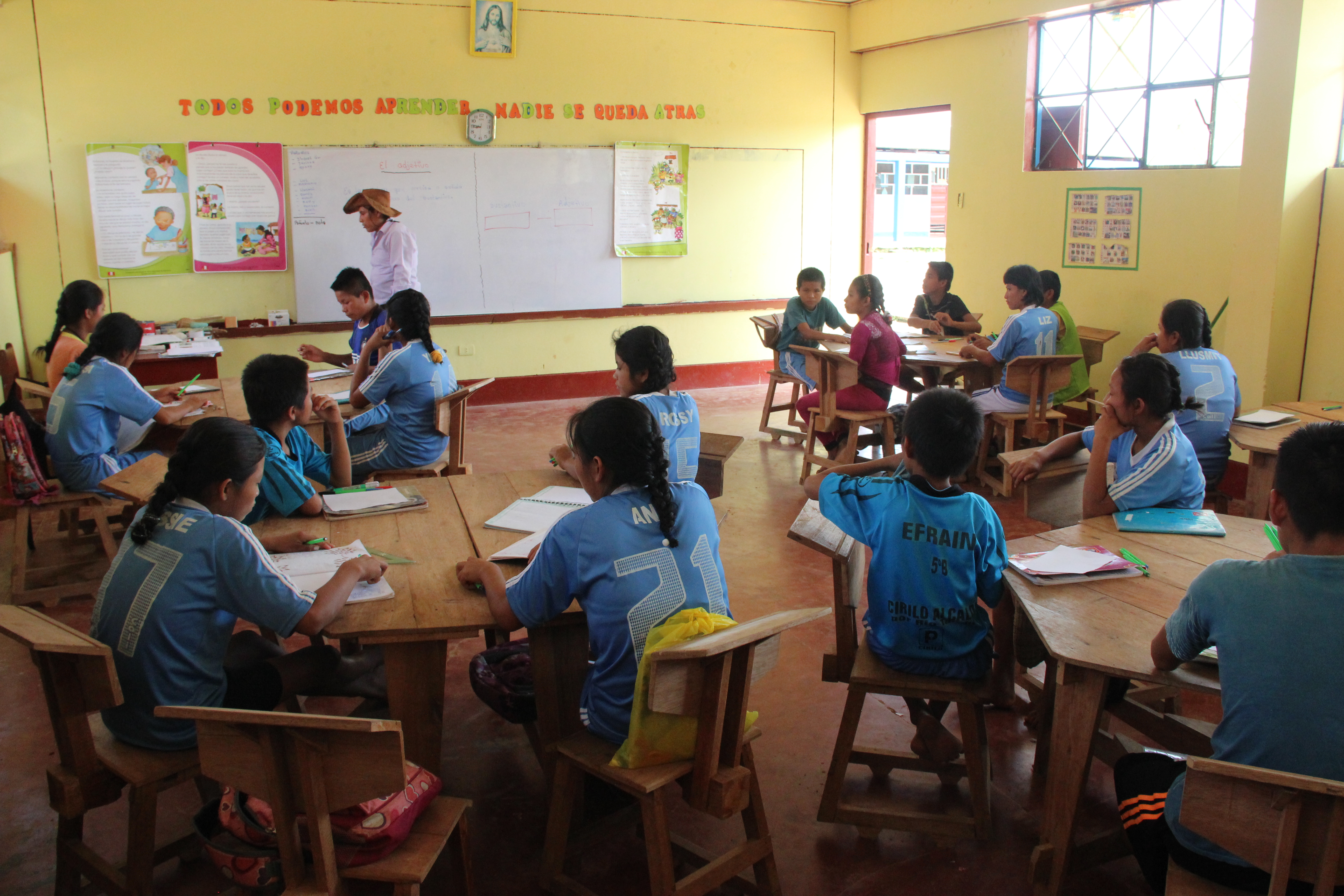

Impact
